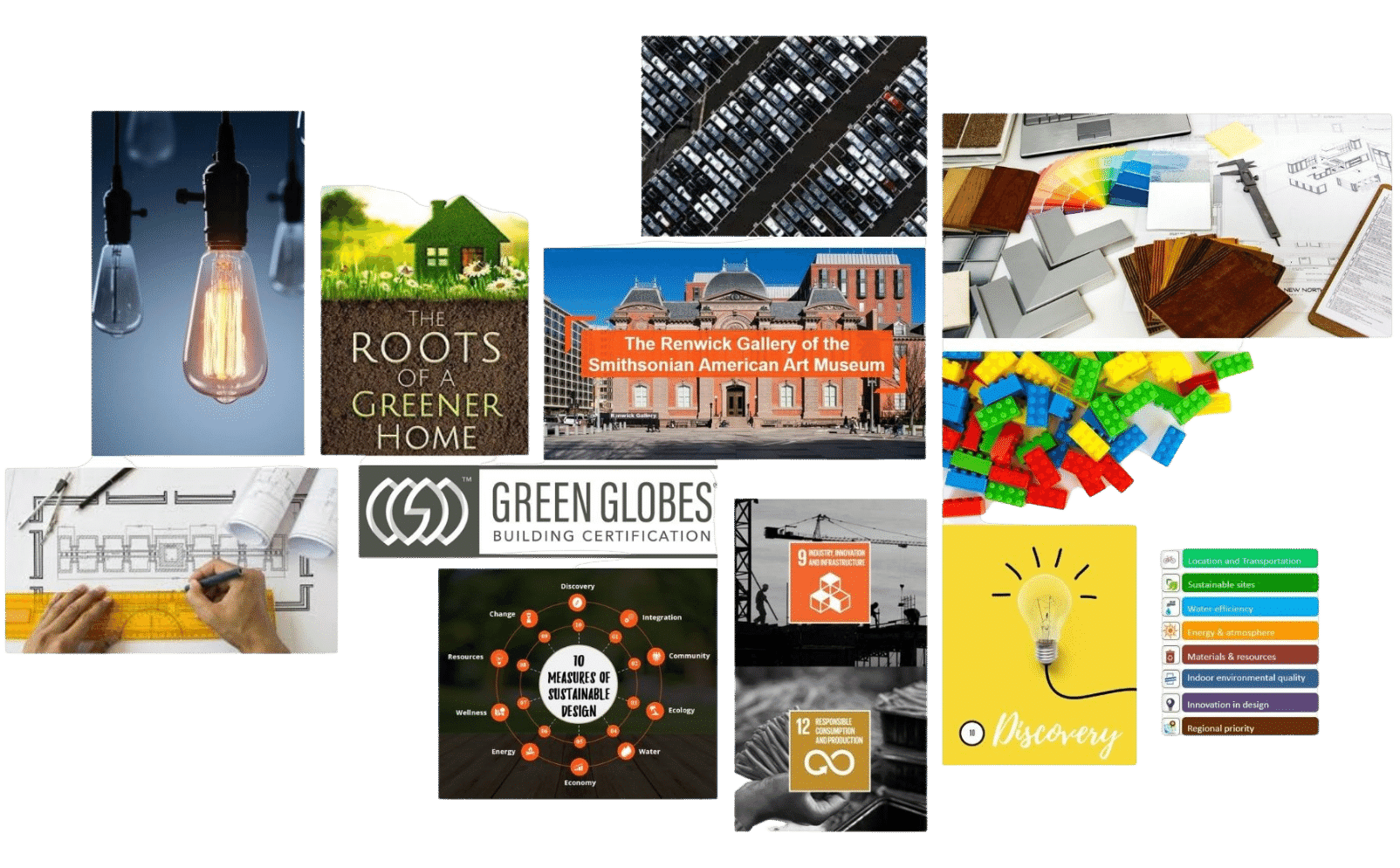Delhi’s Indira Gandhi Airport has switched to green energy, i.e, hydro and solar power for all its consumption needs, as of June 1, 2022. This makes the Delhi Airport the first airport in the world to run entirely on a combination of green energy.
Delhi International Airport Limited (DIAL) says the airport’s goal is to achieve the “Net Zero Carbon Emissions Airport” target by the year 2030 and this initiative is a major step in achieving it. The airport had been using solar energy for a while, but now their major electricity needs are being fulfilled by a hydropower plant.
Transition to green energy by Delhi Airport
Since June 1st, around 6% of Delhi’s airport electricity requirements are from on-site solar power plants. The other 94% of their energy is coming from a hydropower plant. These solar plants are on the roof of the terminals and on the airside. The solar power plant on the airside is 7.84 MW and it added another 5.3 MW on the rooftop. For hydropower, DIAL has signed with a Himachal Pradesh based hydropower company that will supply the hydroelectricity until 2036.
This transition to green energy by the airport is expected to help the airport reduce energy emissions by 2 lakh tonne of carbon dioxide per year. DIAL had announced last November they were to become a Net Zero Carbon Emission Airport by the year 2030. To achieve their goal, DIAL adopted a green transportation program and recently achieved a milestone in the program.
“Running the Delhi airport completely on renewable sources of energy is indeed a major milestone achieved by DIAL,” said CEO Videh Kumar Jaipuriar.
Various initiatives by Delhi Airport
There are various other initiatives in their program, include green buildings, electric vehicles, operational efficiency to reduce emissions, and management of greenhouse gases. In 2020, the Delhi Airport became the first to achieve Level 4+ under ACI’s airport carbon accreditation program in the Asia-Pacific region. In 2019, the airport had introduced TaxiBots which is a vehicle that allows aircraft’s to taxi without the requirement of turning on their engine, which ultimately reduces carbon emissions. This year on World Environment Day, DIAL announced that it will be adding 62 electric vehicles in the coming months and slowly phasing out diesel and petrol vehicles.
In another initiative, DIAL has started testing out full body scanners at Terminal 2, where these scanners can detect objects without physically touching people or intruding into their privacy. The airport has also decided to become a “single-use, plastic-free airport” and has been certified by a third party agency as well.
The Delhi International Airport Limited (DIAL), a GMR Infrastructure Limited (GIL)-led consortium, which manages and operates the Delhi Airport, has been working tirelessly towards establishing various sustainability initiatives at the Delhi Airport. The main objective is to take steps and measures to adopt a collaborative approach along with stakeholders and to become a sustainable aviation hub in the world.






